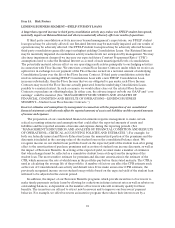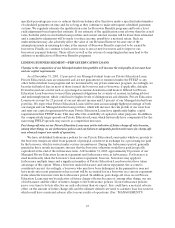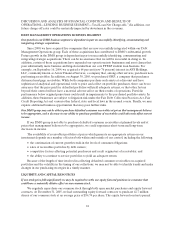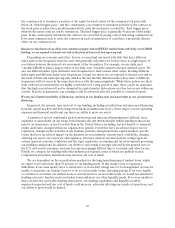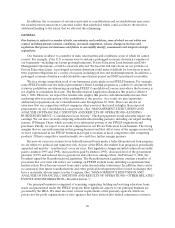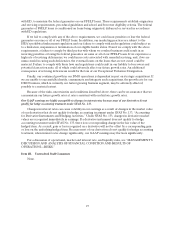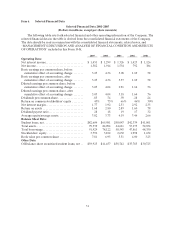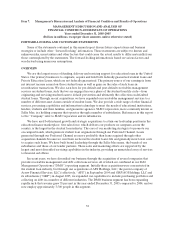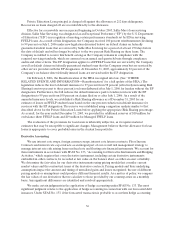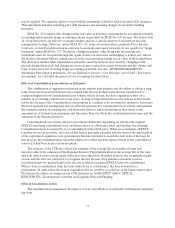Sallie Mae 2005 Annual Report Download - page 37
Download and view the complete annual report
Please find page 37 of the 2005 Sallie Mae annual report below. You can navigate through the pages in the report by either clicking on the pages listed below, or by using the keyword search tool below to find specific information within the annual report.27
with ED, to maintain the federal guarantee on our FFELP loans. These requirements establish origination
and servicing requirements, procedural guidelines and school and borrower eligibility criteria. The federal
guarantee of FFELP loans is conditioned on loans being originated, disbursed or serviced in accordance
with ED regulations.
If we fail to comply with any of the above requirements, we could incur penalties or lose the federal
guarantee on some or all of our FFELP loans. In addition, our marketing practices are subject to the
HEA’s prohibited inducement regulation and our failure to comply with such regulation could subject us
to a limitation, suspension or termination of our eligible lender status. Even if we comply with the above
requirements, a failure to comply by third parties with whom we conduct business could result in us
incurring penalties or losing the federal guarantee on some or all of our FFELP loans. If we experience a
high rate of servicing deficiencies, we could incur costs associated with remedial servicing, and, if we are
unsuccessful in curing such deficiencies, the eventual losses on the loans that are not cured could be
material. Failure to comply with these laws and regulations could result in our liability to borrowers and
potential class action suits, all of which could adversely affect our future growth rates. An additional
consequence of servicing deficiencies would be the loss of our Exceptional Performer Designation.
Finally, our continued growth in our DMO operations is dependent in part on strategic acquisitions. If
we are unable to successfully identify, consummate and integrate such acquisitions, the growth rate for our
DMO business, which is currently our fastest growing business segment, may be adversely affected,
possibly to a material extent.
Because of the risks, uncertainties and conditions described above, there can be no assurance that we
can maintain our future growth rates at rates consistent with our historic growth rates.
Our GAAP earnings are highly susceptible to changes in interest rates because most of our derivatives do not
qualify for hedge accounting treatment under SFAS No. 133.
Changes in interest rates can cause volatility in our earnings as a result of changes in the market value
of our derivatives that do not qualify for hedge accounting treatment under SFAS No. 133, “Accounting
for Derivative Instruments and Hedging Activities.” Under SFAS No. 133, changes in derivative market
values are recognized immediately in earnings. If a derivative instrument does not qualify for hedge
accounting treatment under SFAS No. 133, there is no corresponding change in the fair value of the
hedged item. As a result, gain or loss recognized on a derivative will not be offset by a corresponding gain
or loss on the underlying hedged item. Because most of our derivatives do not qualify for hedge accounting
treatment, when interest rates change significantly, our GAAP earnings may fluctuate significantly.
For a discussion of operational, market and interest rate, and liquidity risks, see “MANAGEMENT’S
DISCUSSION AND ANALYSIS OF FINANCIAL CONDITION AND RESULTS OF
OPERATIONS—RISKS.”
Item 1B. Unresolved Staff Comments
None.







